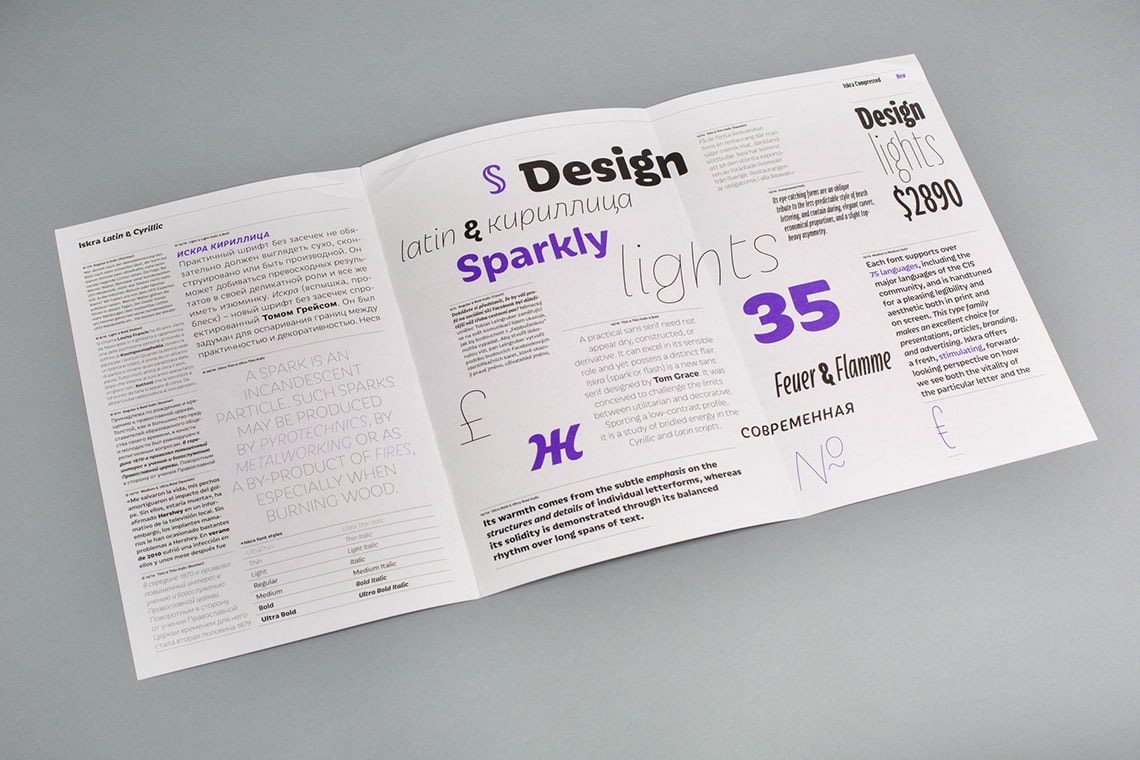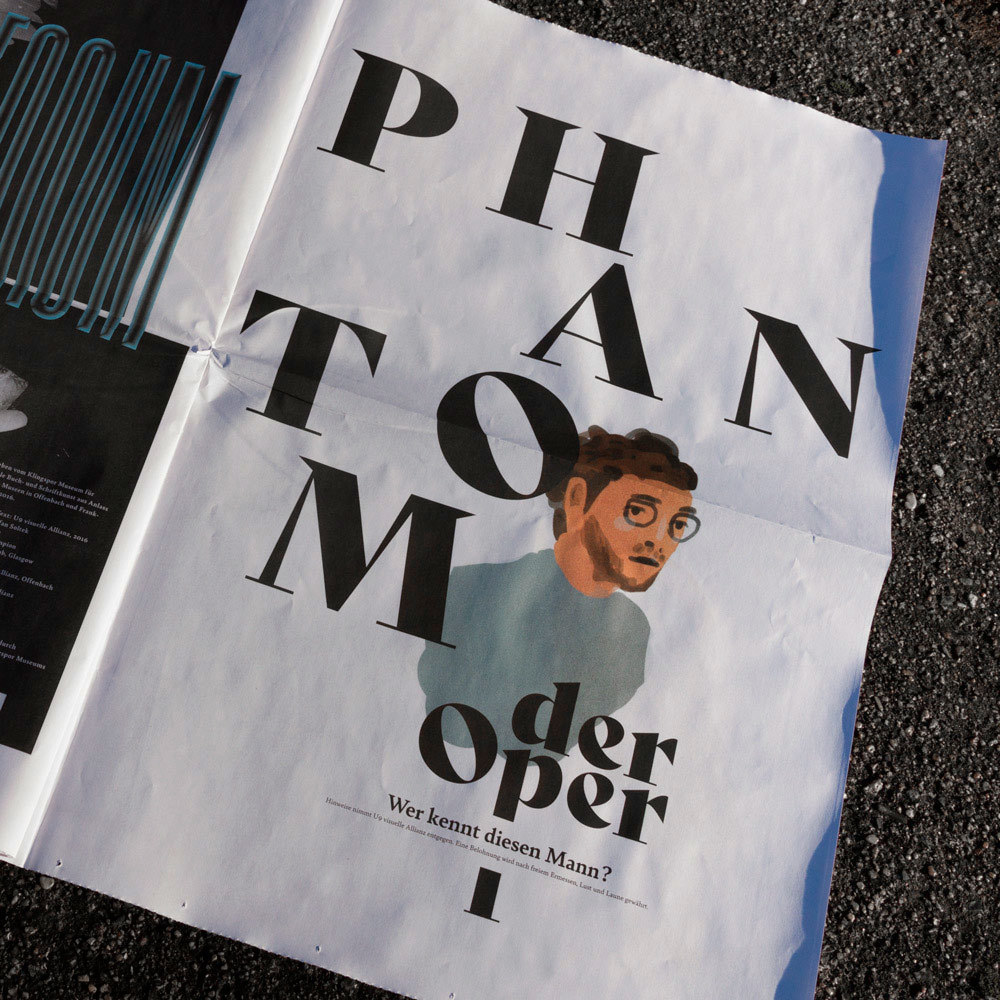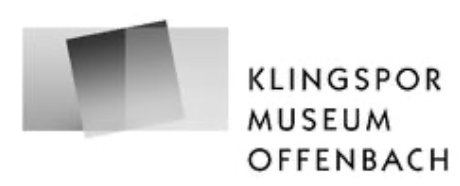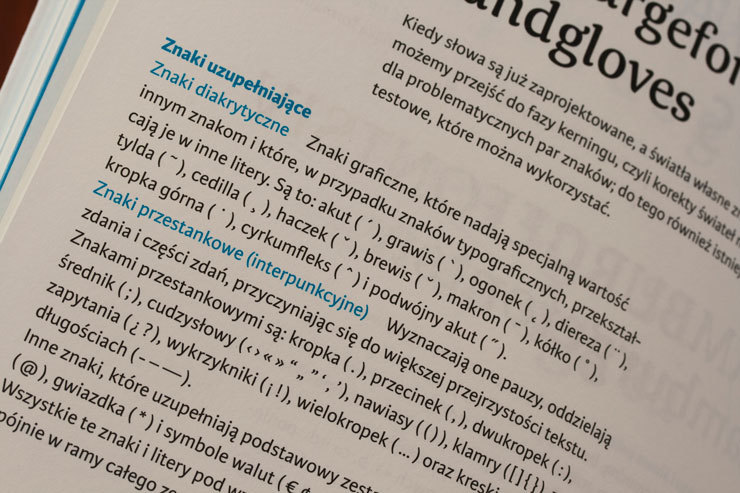The Day You Went Way
A wise doctor does not mutter incantat
ions over a sore that needs the knife.
授权协议
在使用字体时需要获取字体授权,具体授权包括:
 个人非商业授权
个人非商业授权 商业发布授权
商业发布授权 出版物授权:针对出版物
出版物授权:针对出版物 嵌入式应用授权
嵌入式应用授权
如果您的应用场景没有包含在这些授权形式中,请联系我们,我们将为您提供更多选择。
适用系统:Windows/Mac字库安装说明?
基础信息
- 字体品牌:
-
设计师:
Brand,Chris; Blokland,Frank E.
-
字体分类:
衬线体
-
字体属性:
外文
-
字符集:
Unicode
-
发布时间:
2018

- 拉丁文扩展
The quick brown fox jumps over a lazy dog
- 拉丁文
Tħé qüiçk břøŵñ főx júmpš övér á łäżý đòġ
- 拉丁文扩展
The quick brown fox jumps over a lazy dog
- 拉丁文
Tħé qüiçk břøŵñ főx júmpš övér á łäżý đòġ
- 拉丁文扩展
The quick brown fox jumps over a lazy dog
- 拉丁文
Tħé qüiçk břøŵñ főx júmpš övér á łäżý đòġ
- 拉丁文扩展
The quick brown fox jumps over a lazy dog
- 拉丁文
Tħé qüiçk břøŵñ főx júmpš övér á łäżý đòġ
- 拉丁文扩展
The quick brown fox jumps over a lazy dog
- 拉丁文
Tħé qüiçk břøŵñ főx júmpš övér á łäżý đòġ
- 拉丁文扩展
The quick brown fox jumps over a lazy dog
- 拉丁文
Tħé qüiçk břøŵñ főx júmpš övér á łäżý đòġ

字体介绍
Albertina一款超前的字体。早在20世纪60年代初,著名的书法家、设计师克Chris Brand就立志要根据书法的原则绘制一种字体。不幸的是,那个时代的排版机对设计师施加了许多限制。字符必须画在一个非常粗糙的网格内,这也定义了它们的间距。技术上的限制意味着,斜体设计通常必须与罗马体的字符宽度相同。设计师们被迫将斜体绘制的比传统的书法字体或手写字体要宽得多,间距也更大。
不足为奇的是,第一批Albertina字体的生产进展非常缓慢。Brand将提交他的字符草图,Monotype Drawing Office would将对其进行修改以与公司的排印设备兼容。然后,新图纸将被送回到Brand那里进行批准或者返工。实际上,该过程花了很长时间,以至于在该字体设计完成后,它再一次与时代格格不入:Albertina首次是作为Monophoto排字机的照相凸版字体而面世,而不是作为为Monotype排版机量身定制的金属活字而发布。
该设计最初是用于Stanley Morison的作品目录,该目录于1966年在布鲁塞尔的Albertina Library展出。这款设计的销量平平。
随着数字字体技术的出现,Albertina的故事发生了翻天覆地的变化。Dutch Type Library的Frank E. Blokland将Brand的原版图纸作为数字复刻的基础。“Monophoto版本不受Monotype单位系统的限制,”Blokland回忆说,但是我没有必要将这些限制合并到数字版本中去。”
在Monotype的全力支持下,出现了一个新的Albertina设计,它展示出了所有Brand原始设计的优雅和神韵。Brand绘制的基本家族也发展为三个字重,每个字重都有斜体补充和一组小型大写字母以及老式数字。”
Albertina was a typeface ahead of its time. It was in the early 1960s when designer Chris Brand, an accomplished calligrapher, aspired to draw a typeface based on the principles of calligraphy. Unfortunately, typesetting machines of that era put many restrictions on designers. Characters had to be drawn within a very coarse grid, which also defined their spacing. Technological limitations meant that italic designs often had to share the same character widths as the romans. Designers were forced to draw italic faces much wider and with more open spacing than what would be typical in calligraphic lettering or hand-set type.
Not surprisingly, production of the first Albertina fonts went very slowly. Brand would submit his character drawings, and the Monotype Drawing Office would modify them to be compatible with the company's typesetting equipment. The new drawings would then be sent back to Brand for approval or rework. Most were reworked. The process took so long, in fact, that by the time the face was completed it was once again out of phase with the times: instead of being released as metal type for the Monotype composing machines it had been tailored for, Albertina debuted as phototype fonts for the Monophoto typesetter.
The design's first use was for a catalog of the work of Stanley Morison, exhibited at the Albertina Library in Brussels in 1966. Sales of the design were not remarkable.
With the advent of digital type technology, Albertina's story took a far happier turn. Frank E. Blokland, of the Dutch Type Library, used Brand's original, uncompromised drawings as the foundation of a digital revival. The Monophoto version had taken a considerable battering from the limitations of Monotype's unit system," recalls Blokland, "but there was no need for me to incorporate these restrictions in the digital version."
With the full backing of Monotype and original designer Brand looking over Blokland's shoulder, a new design for Albertina emerged, displaying all the grace and verve of Brand's original drawings. The basic family drawn by Brand also grew into three weights, each with an italic complement and a suite of small caps and old style figures."
No painzno gain pain past is pleasure. One sigh that should be wholly thine.
ABCDEFGHIJKLMNOPQRSTUVWXYZabcdefghijklmnopqrstuvwxyz0123456789@.,:;!?’)]”<>/&-
字体展示
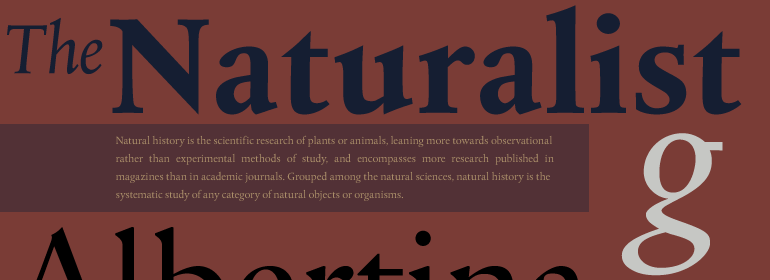

 Monotype
Monotype